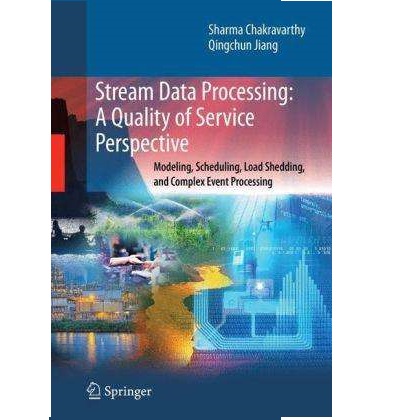Transactional stream processing (TSP) has been increasingly gaining traction. TSP aims to provide a single unified model that offers both transaction- and stream-oriented guarantees. Over the past decade, considerable efforts have resulted in the development of alternative TSP systems, which enables us to explore the commonalities and differences across these solutions. However, a widely accepted standard approach to the integration of transactional functionality with stream processing is still lacking. Existing TSP systems typically focus on a limited number of application features with non-trivial design trade-offs. This survey initially examines diverse transaction models over streams and TSP specific transactional properties, followed by a discussion on the consequences of certain design decisions on system implementations. Subsequently, we highlight a set of representative scenarios, where TSP is employed, as well as discuss some open problems. The aim of this survey is twofold. First, to provide insight into disparate TSP requirements and techniques. Second, to engage the design and development of novel TSP systems.
翻译:交易流处理(TSP)日益壮大,目的是提供一个单一的统一模式,既提供交易担保,又提供面向流的担保,过去十年来,作出了相当大的努力,开发了替代的TSP系统,使我们能够探讨这些解决办法之间的共同点和差异,然而,仍然缺乏一种普遍接受的将交易功能与流处理相结合的标准办法,现有的TSP系统通常侧重于数量有限的应用特征,具有非三重设计取舍,这项调查首先审查流和TSP特定交易属性的多种交易模式,然后讨论某些设计决定对系统实施的影响。随后,我们强调一套有代表性的设想,其中采用TSP,并讨论一些开放的问题。这次调查的目的是双重的。首先,深入了解不同的TSP要求和技术。第二,设计和开发新的TSP系统。





